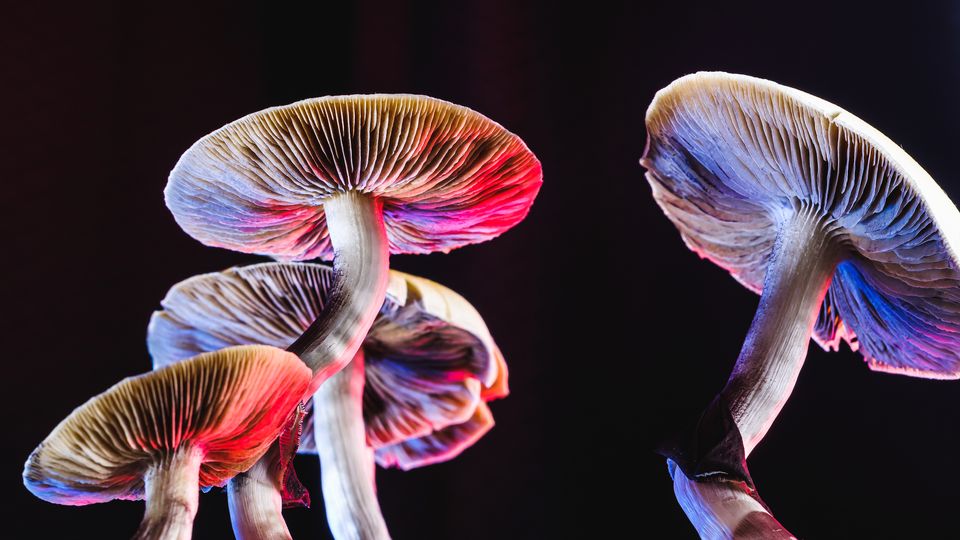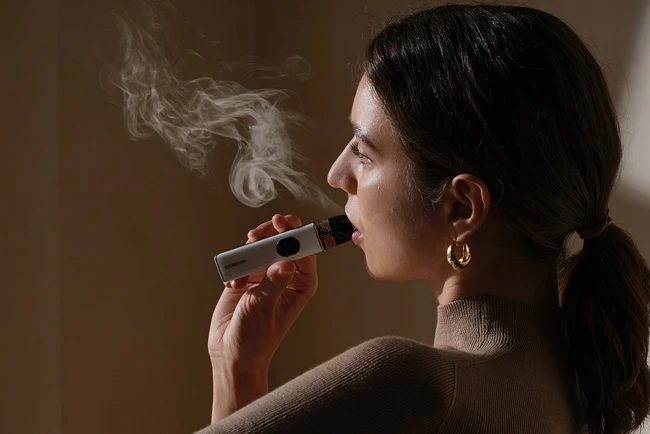
Decriminalization vs. Legalization: The Current Movement for Psychedelics
In recent years, psychedelics have moved from the underground to the center of debates on drug policy reform. Substances like psilocybin mushrooms, LSD, and ayahuasca are being reevaluated not only by scientists but also by policymakers and communities searching for new approaches to mental health and criminal justice. Two terms often come up in this conversation—decriminalization and legalization—and while they may sound similar, they represent very different paths forward in the movement for psychedelics.
What is Decriminalization?
Decriminalization refers to the removal or reduction of criminal penalties for possessing or using a substance. It does not mean the drug becomes fully legal; rather, individuals caught with small amounts may face civil fines, referrals to treatment, or no penalties at all. Under decriminalization, production and large-scale distribution typically remain illegal.
The goal of decriminalization is to reduce the harm caused by criminal justice involvement—such as arrests, incarceration, and lifelong criminal records—while shifting focus to health-based Buy LSD UK approaches. For example, Denver, Colorado became the first U.S. city to decriminalize psilocybin in 2019, making enforcement of mushroom possession the city’s lowest law enforcement priority. Since then, cities like Oakland, Seattle, and Washington, D.C. have followed suit, with similar efforts spreading internationally.
What is Legalization?
Legalization, on the other hand, means creating a legal framework that regulates the production, sale, and use of psychedelics. Just as alcohol and cannabis are regulated in many parts of the world, legalization allows governments to control quality, impose age restrictions, collect taxes, and establish safe use guidelines.
A leading example is Oregon, which passed Measure 109 in 2020. This law allows licensed facilitators to administer psilocybin in supervised settings, making it the first state in the U.S. to establish a legal, therapeutic model for psychedelics. Colorado has since adopted a similar regulated framework, and Canada has granted exemptions for psilocybin-assisted therapy in specific cases.
Why the Distinction Matters
The difference between decriminalization and legalization is crucial because each path addresses different concerns. Decriminalization primarily tackles the social justice issue of over-criminalization, helping to reduce the burden on law enforcement and prevent individuals from being punished for personal drug use. However, it does not address supply chain issues—meaning unregulated, potentially unsafe substances may still circulate on the black market.
Legalization, in contrast, provides access to safe, regulated substances, but it often requires more political will, infrastructure, and public acceptance. Critics also warn that commercialization could lead to exploitation or unsafe promotion of psychedelics without adequate safeguards.
The Current Movement
The global psychedelic reform movement is experimenting with both models. In the U.S., grassroots campaigns often begin with decriminalization at the city level before expanding to legalization at the state or national level. Internationally, countries like Portugal, which decriminalized all drugs in 2001, serve as case studies in how shifting away from punishment toward health-focused policies can reduce harm. Meanwhile, countries such as Canada and Australia are exploring medical legalization pathways for psilocybin and MDMA therapy.
Looking Forward
As psychedelic research continues to demonstrate therapeutic benefits, momentum for reform is growing. Decriminalization reduces immediate harms tied to criminalization, while legalization offers long-term frameworks for safe, regulated access. Together, these approaches may pave the way for a future where psychedelics are no longer stigmatized or criminalized, but instead integrated responsibly into healthcare and society.

